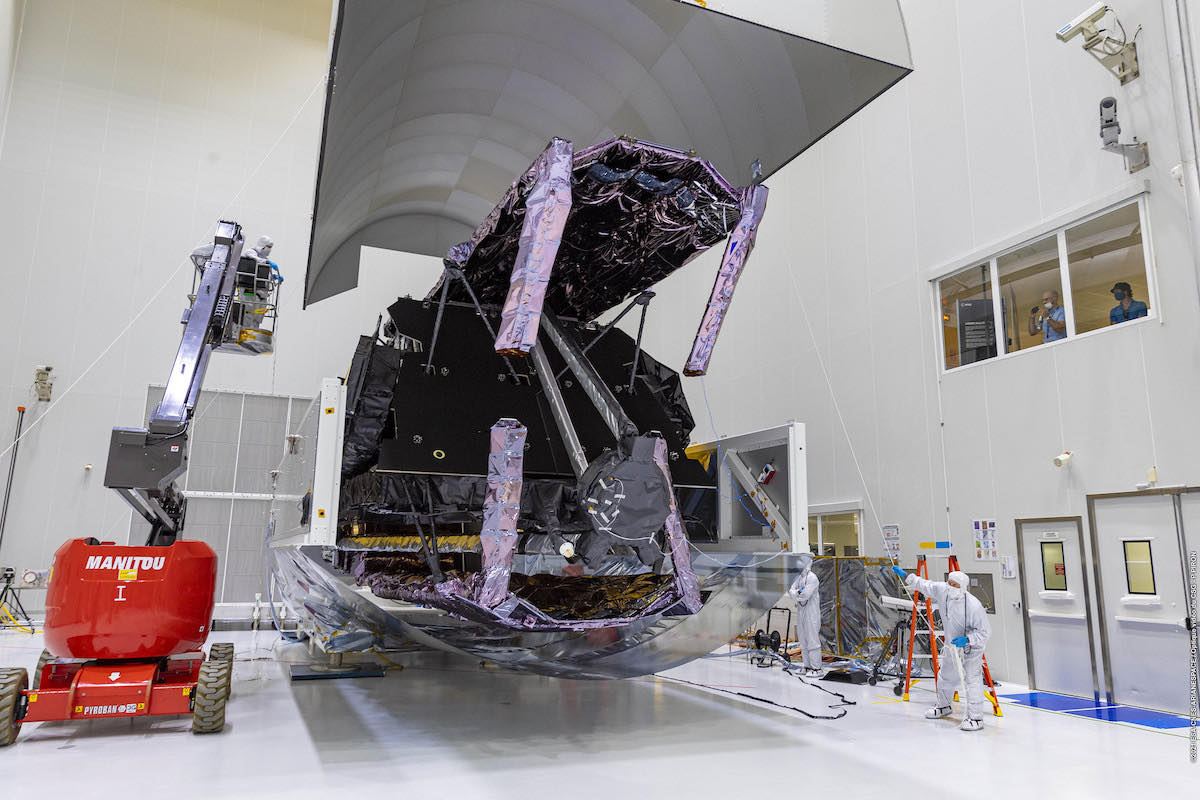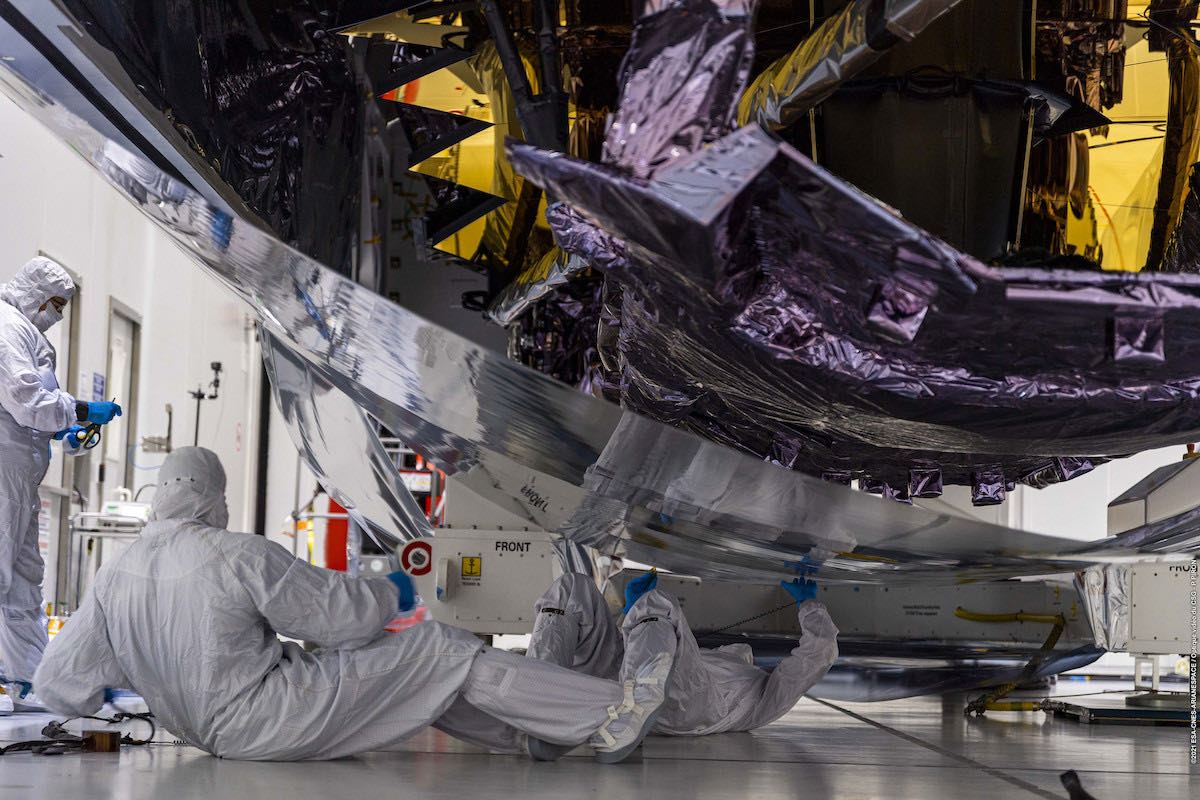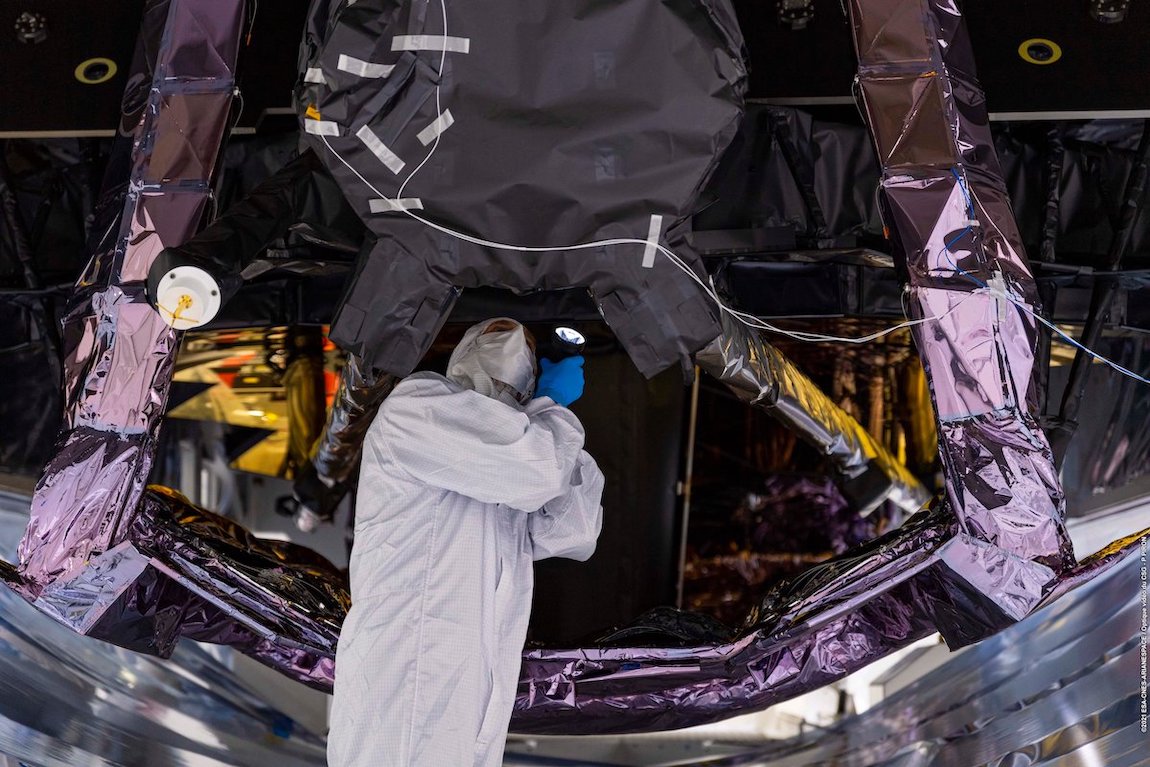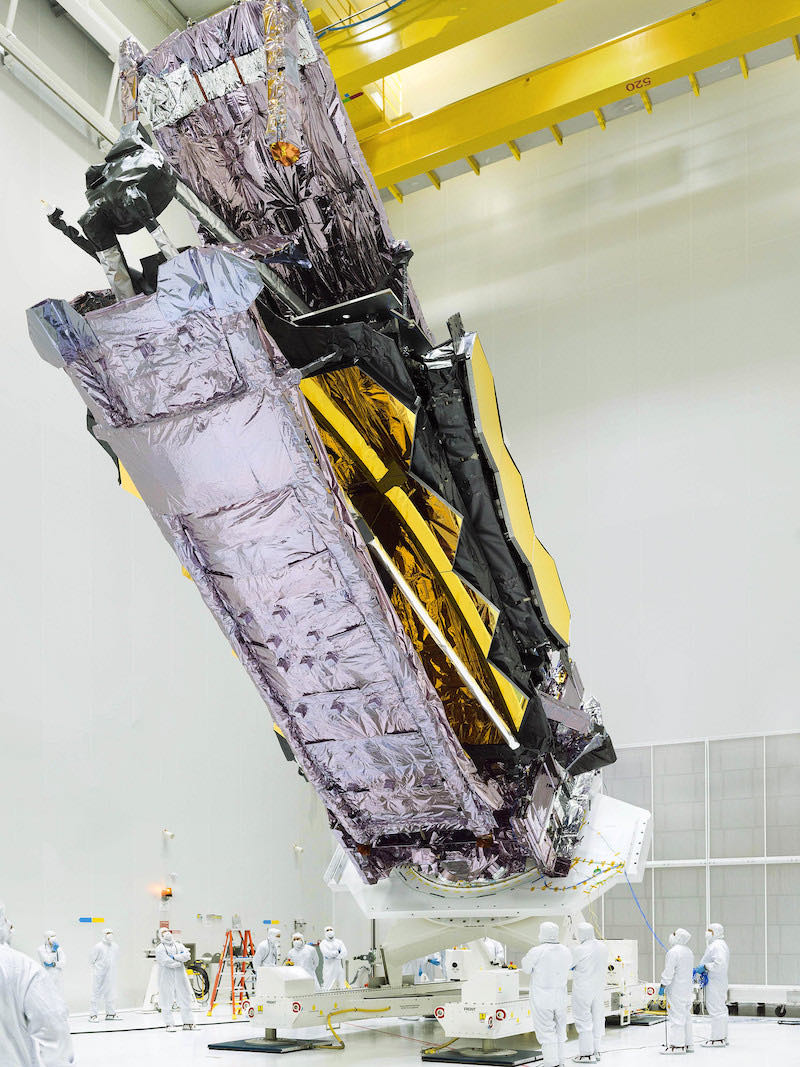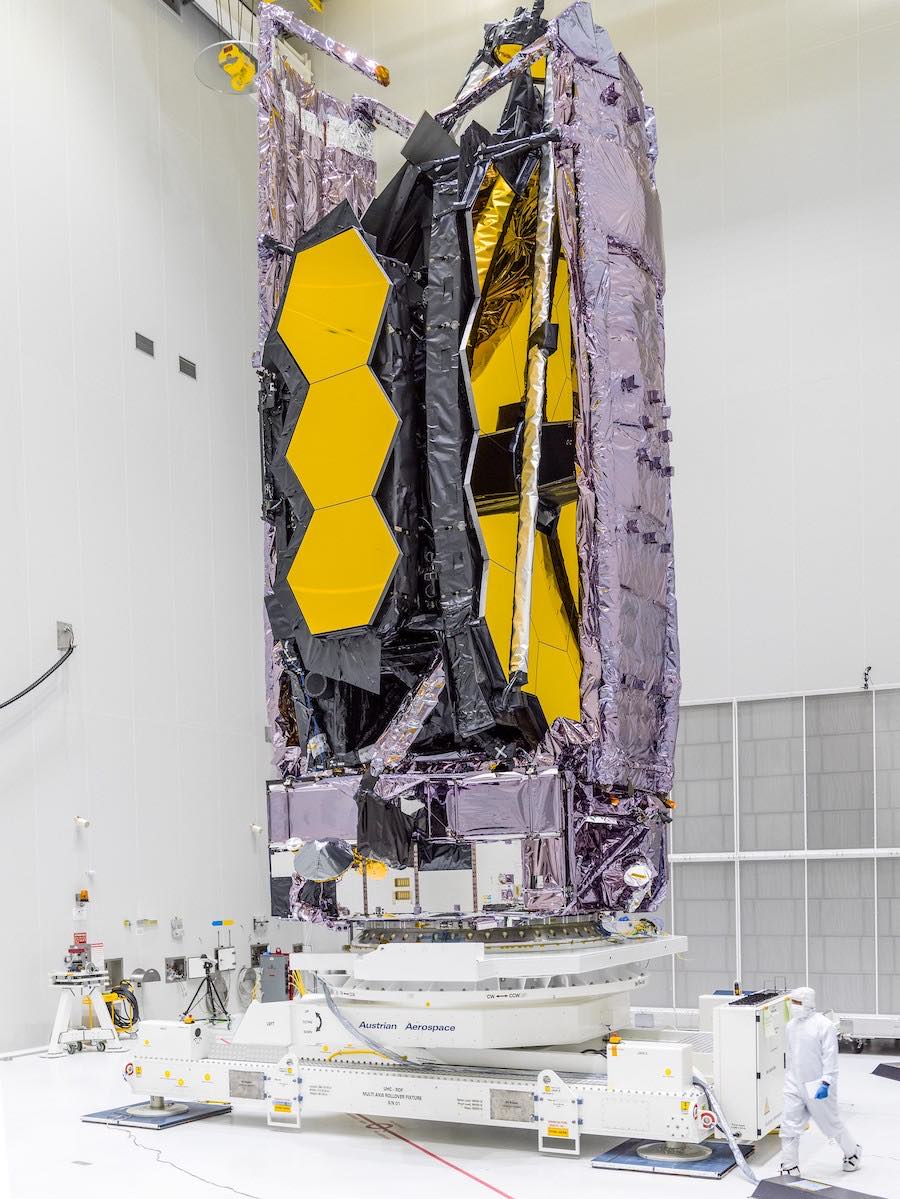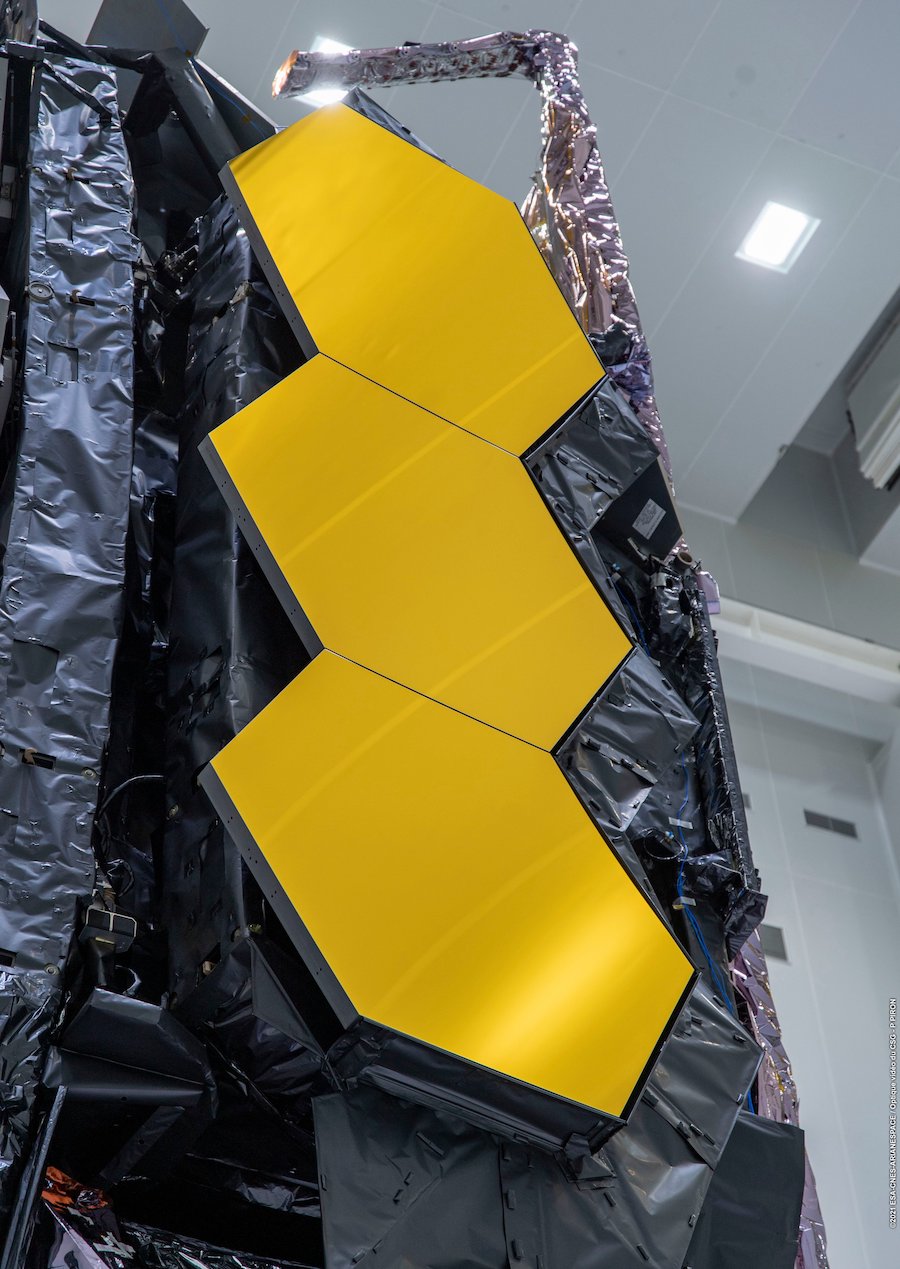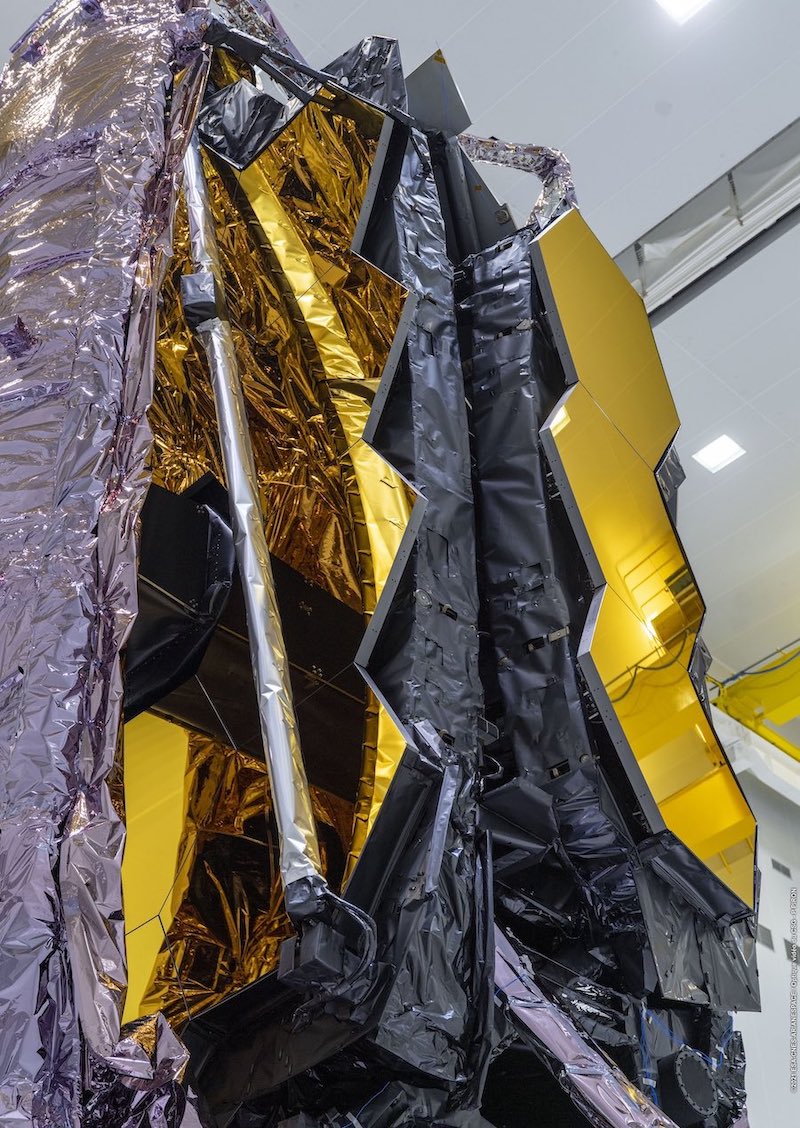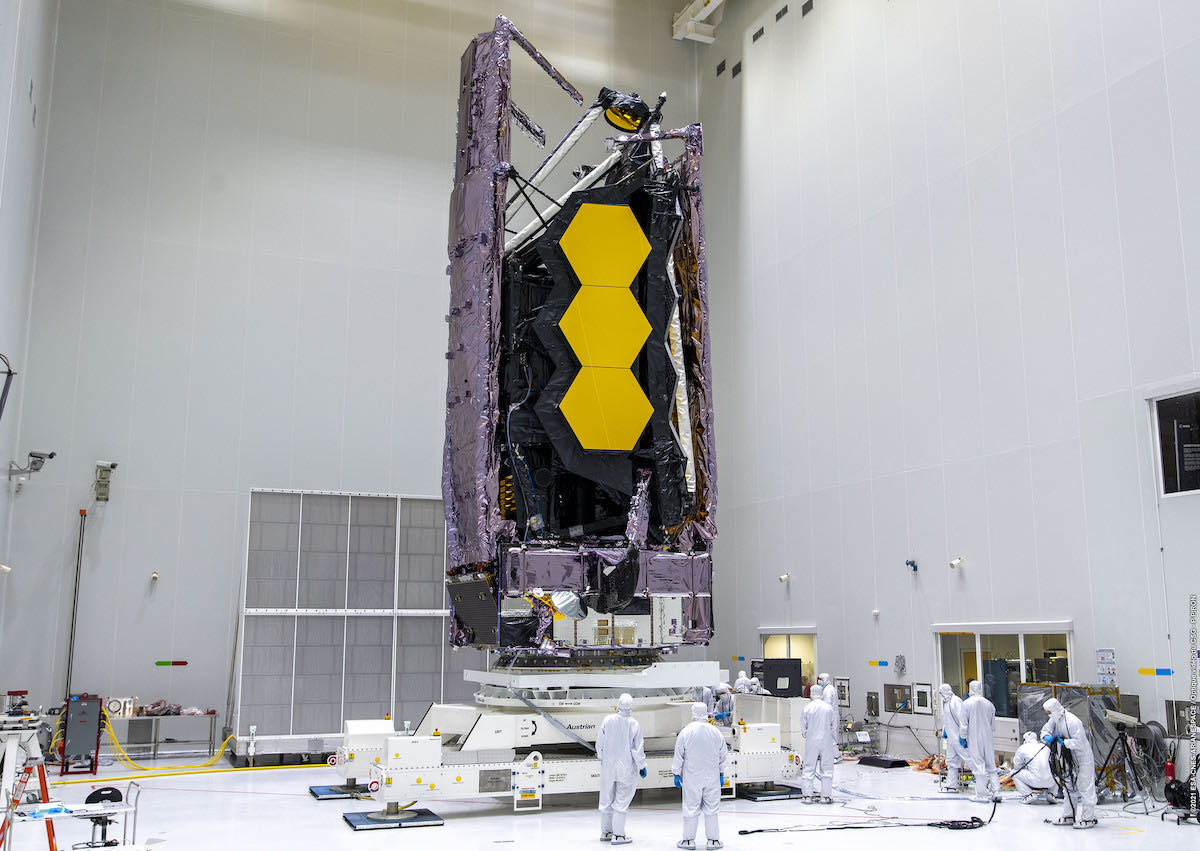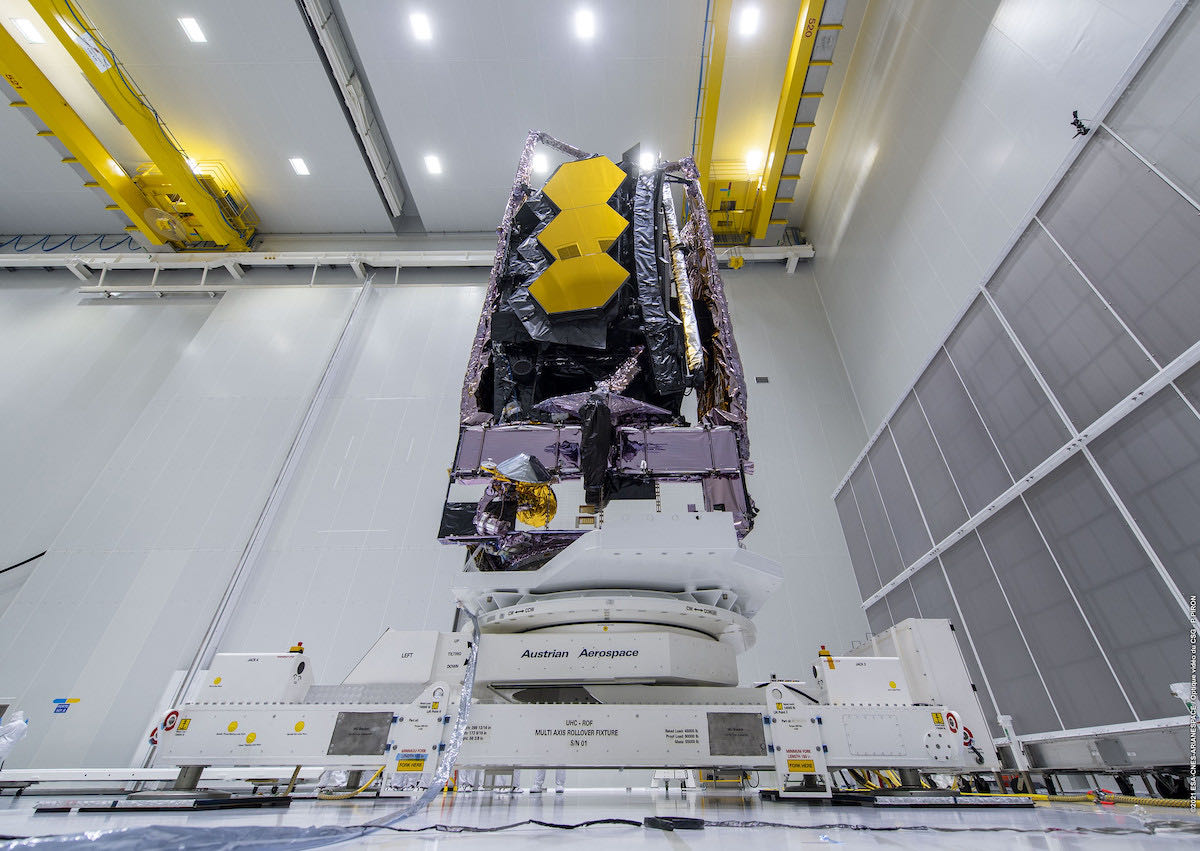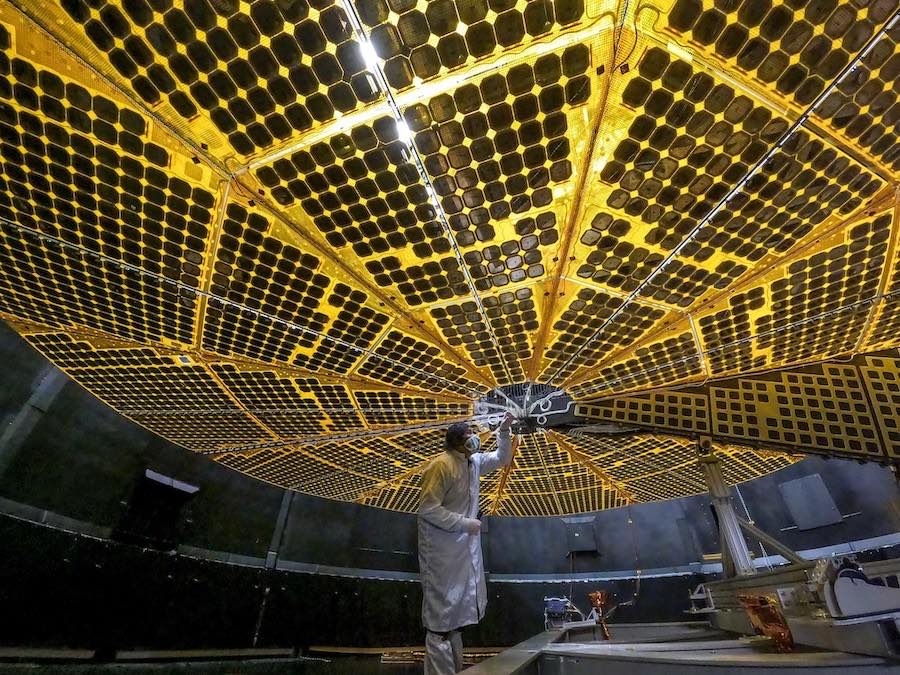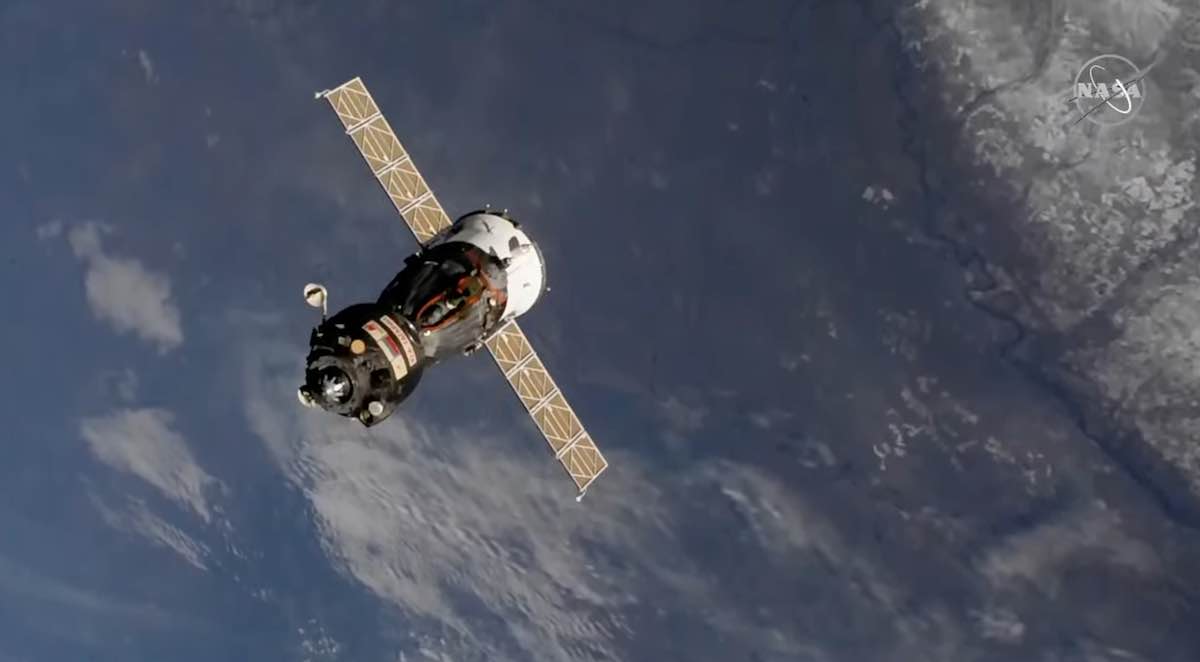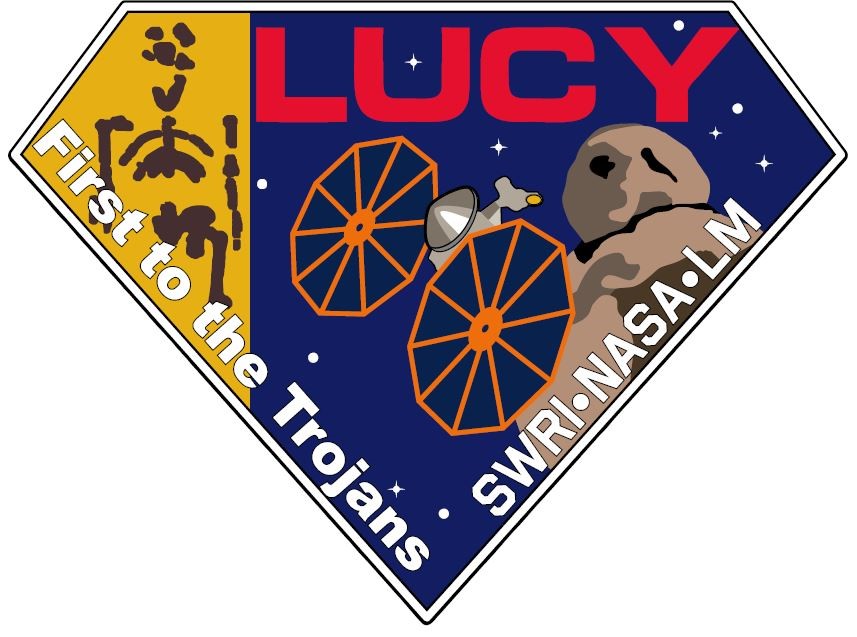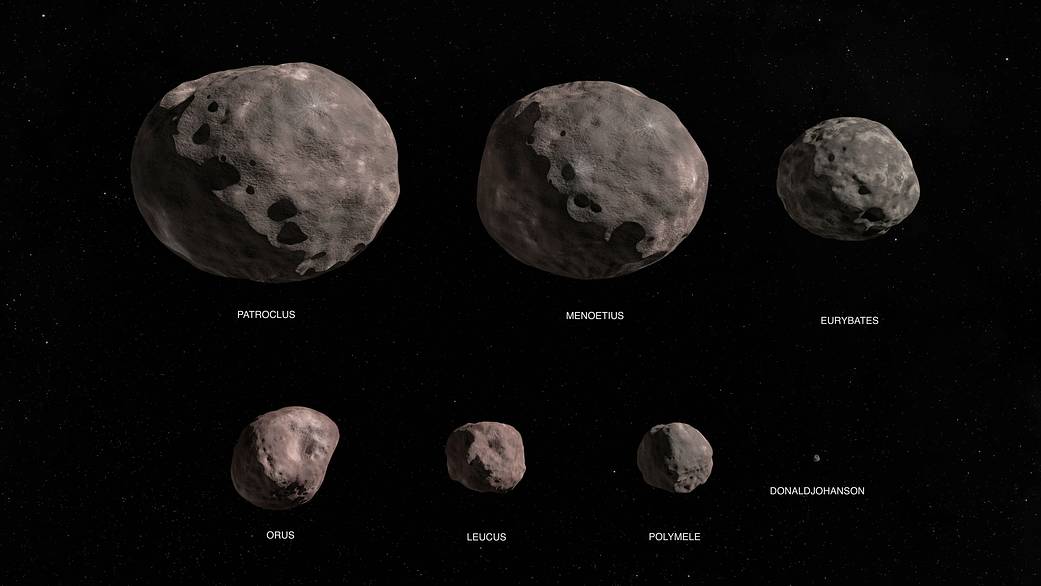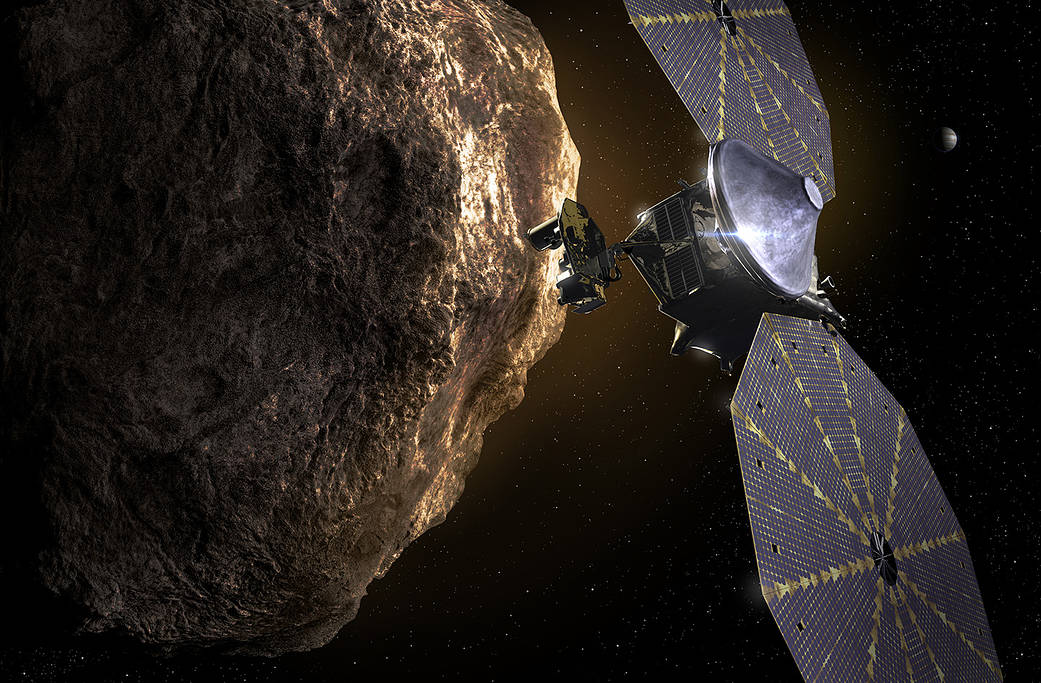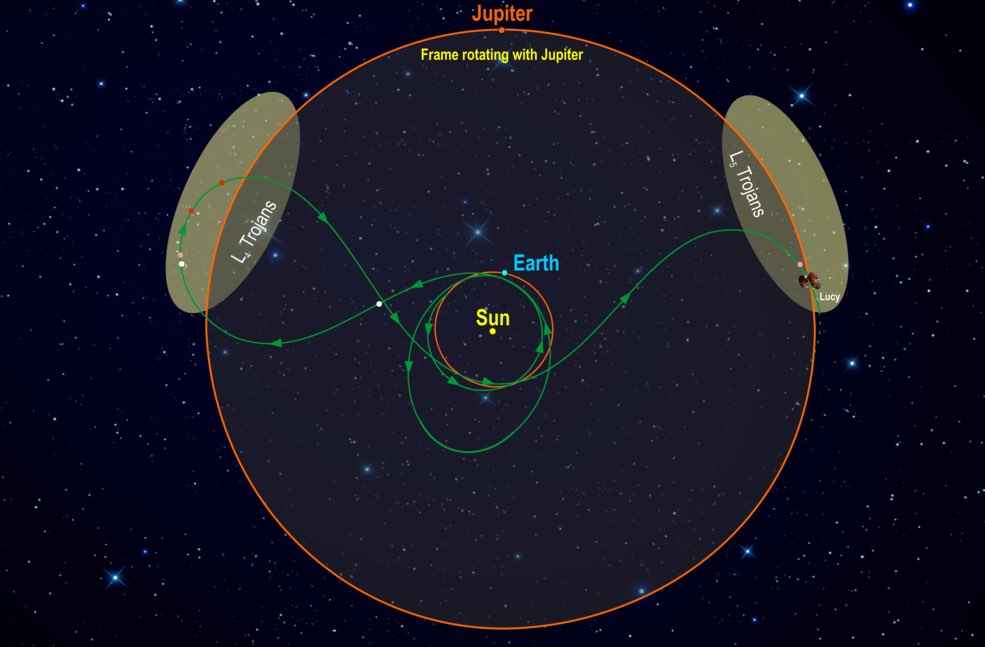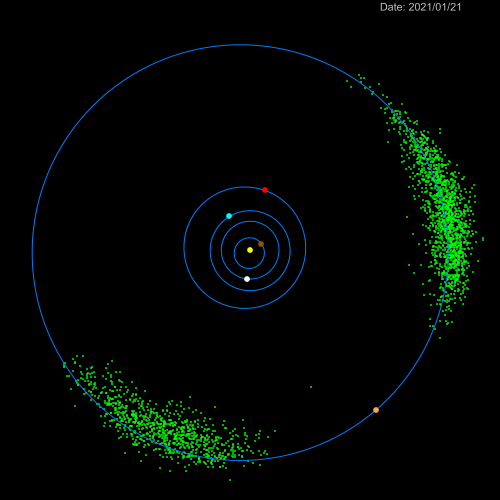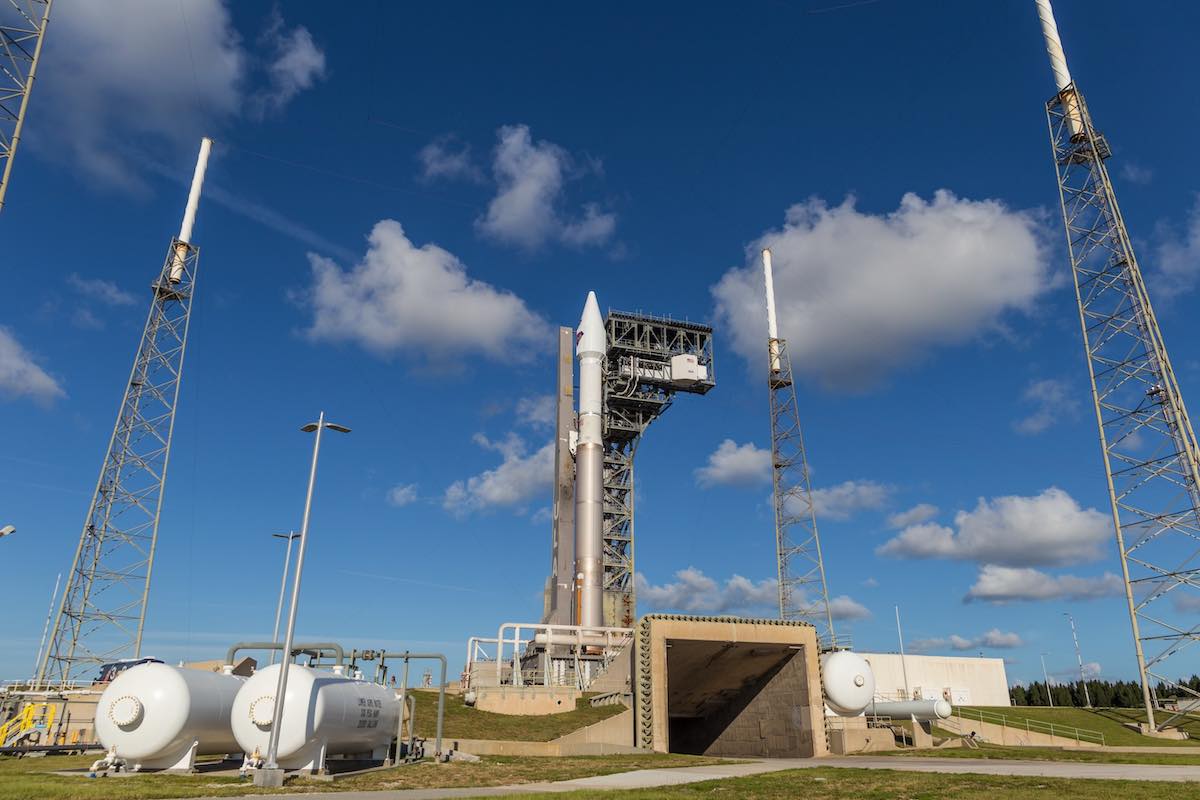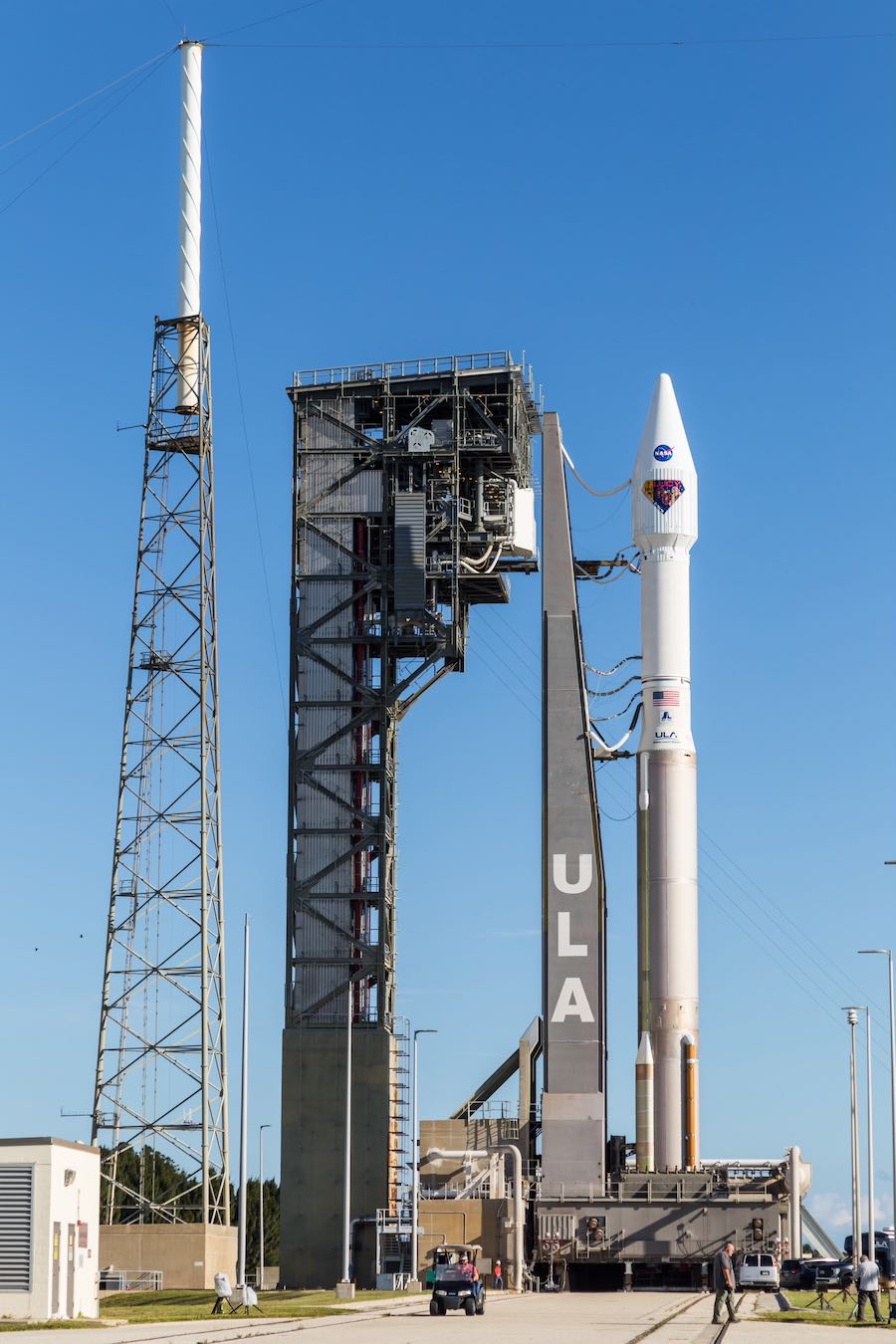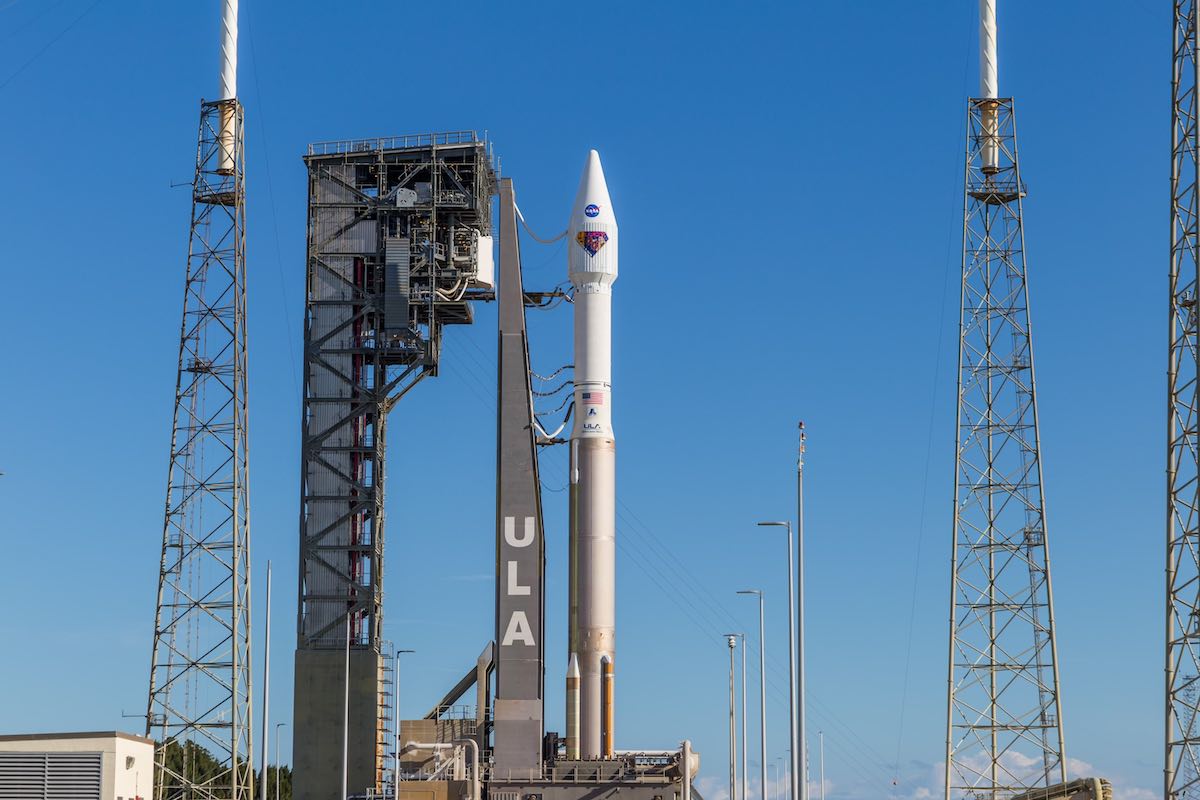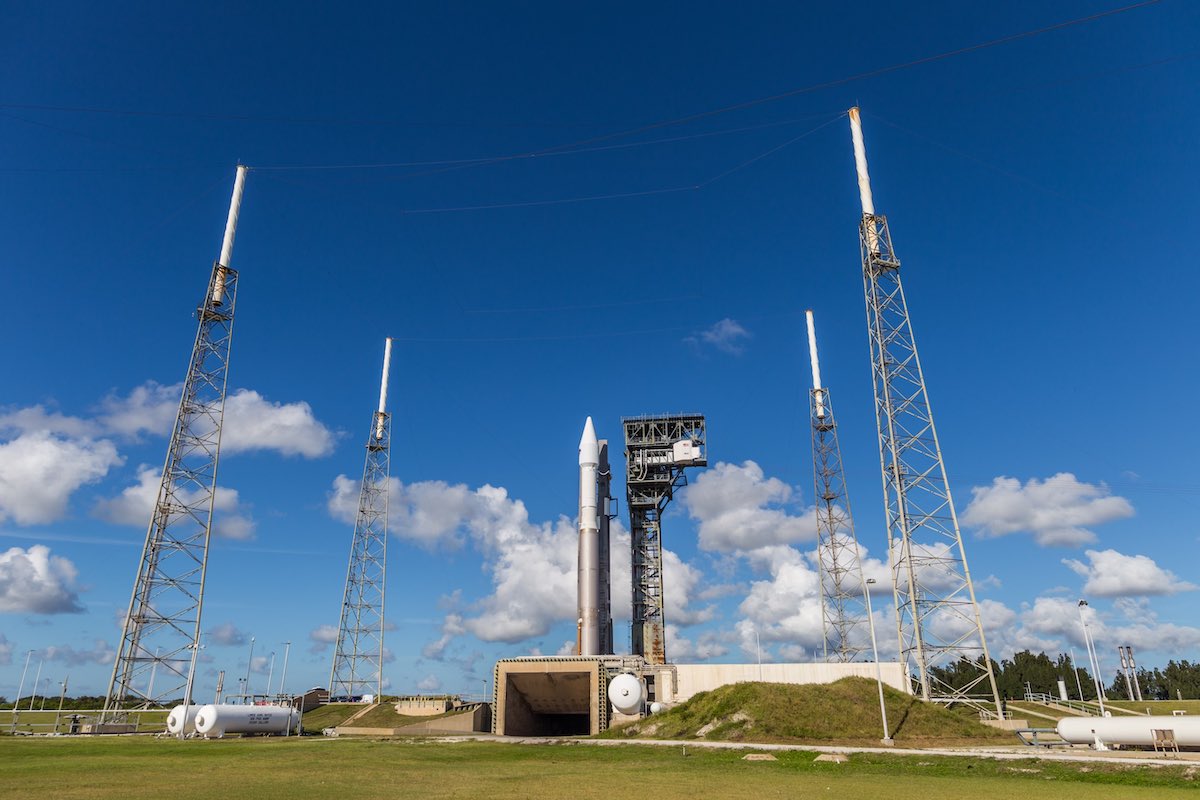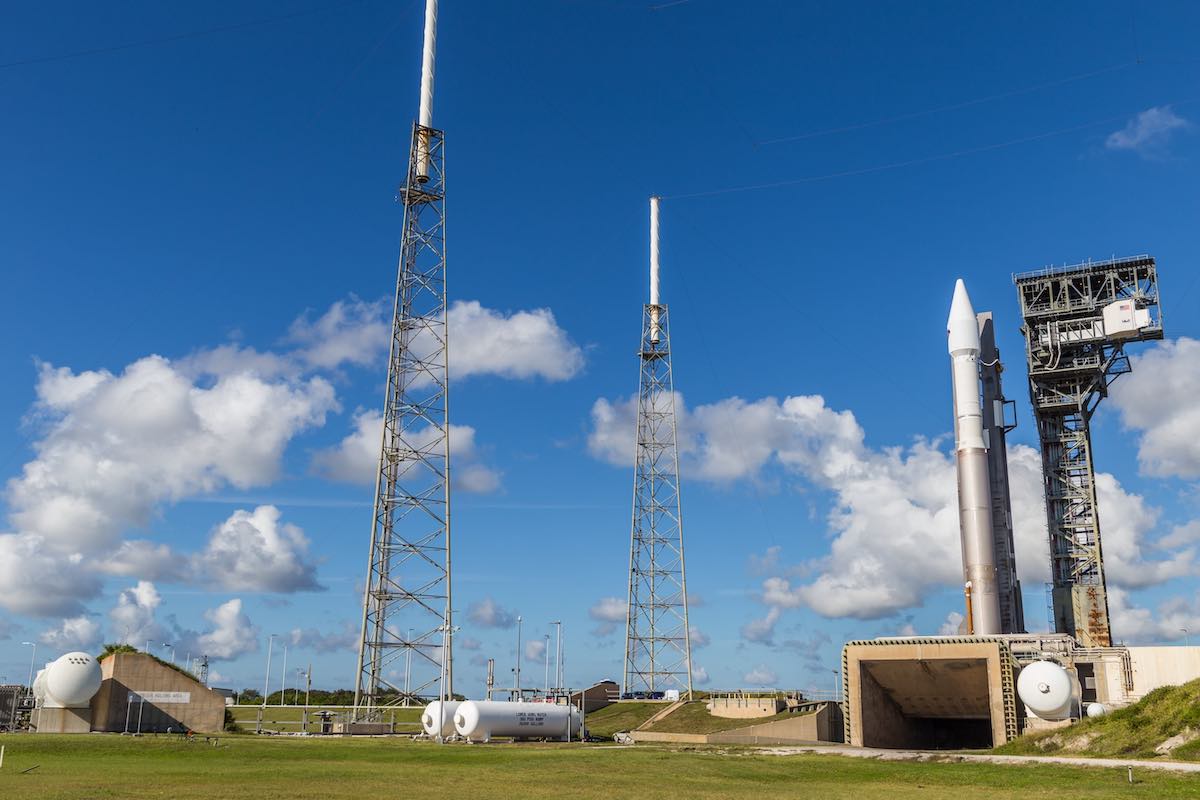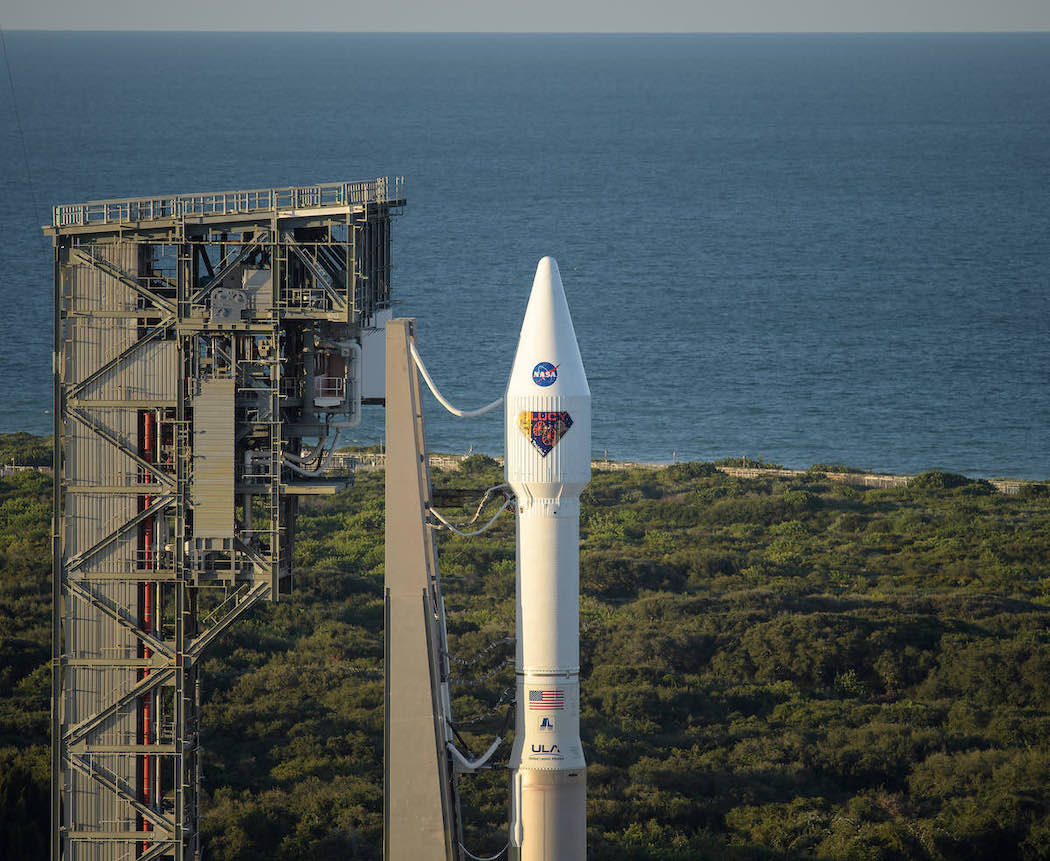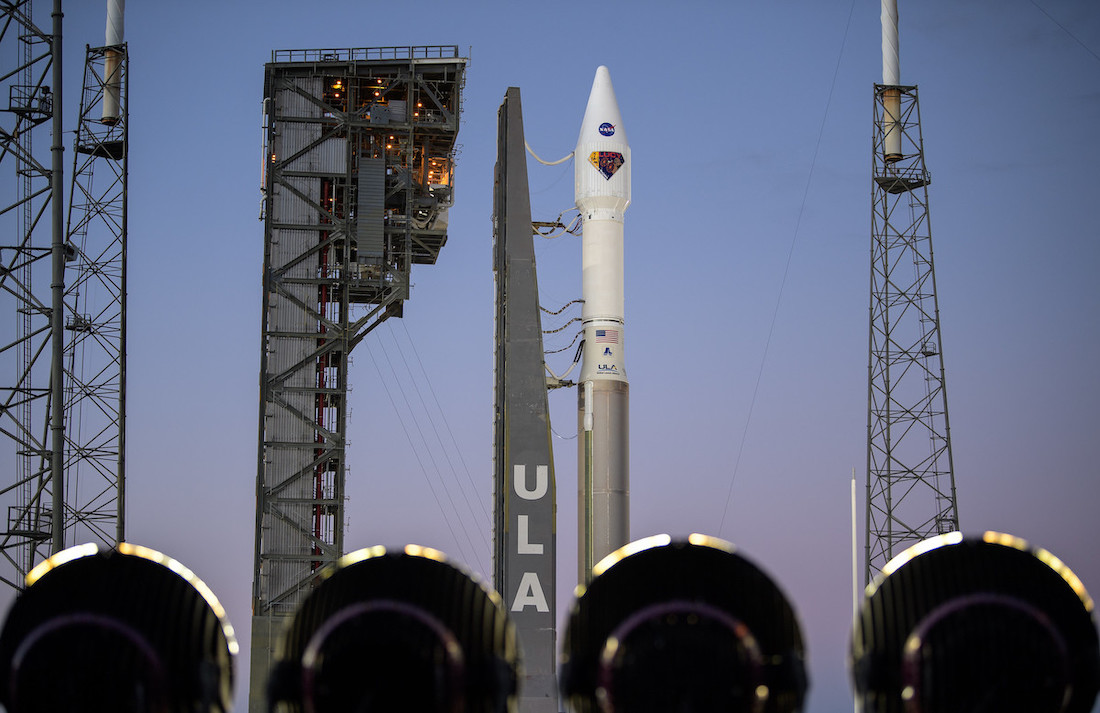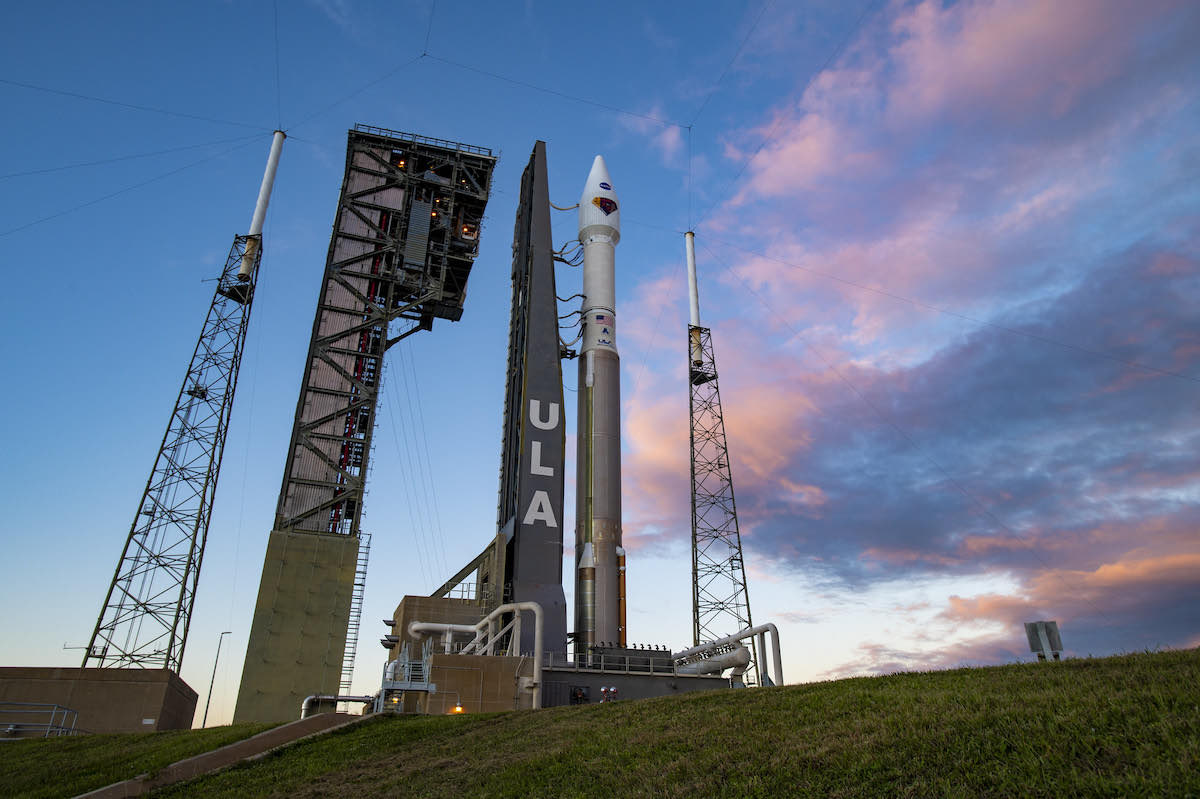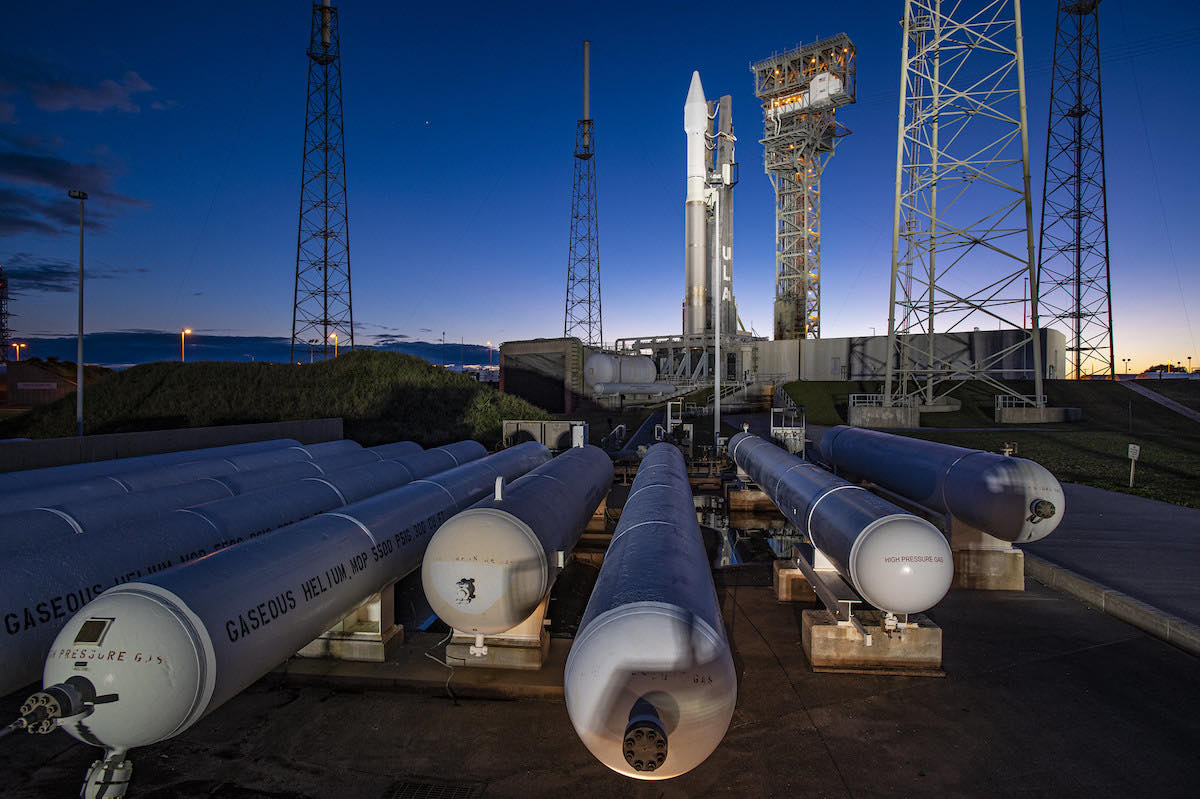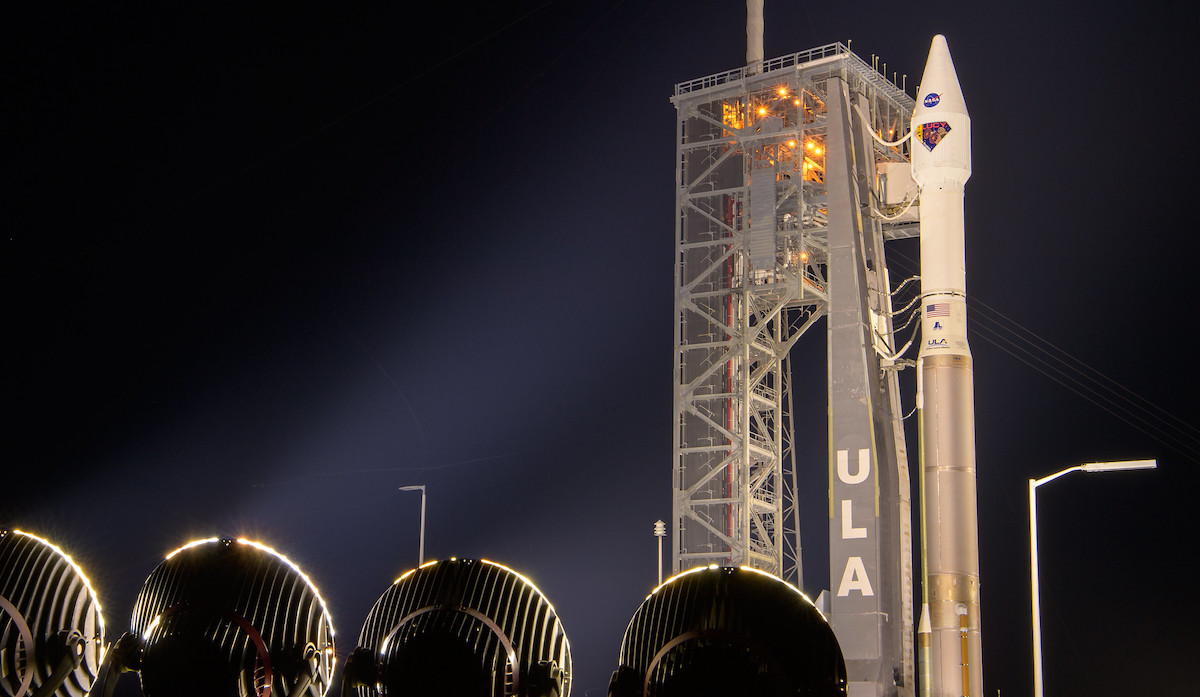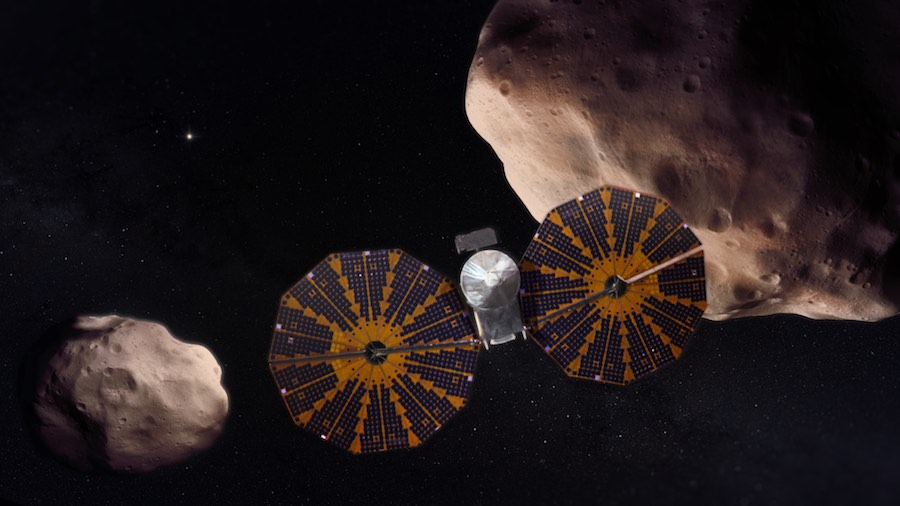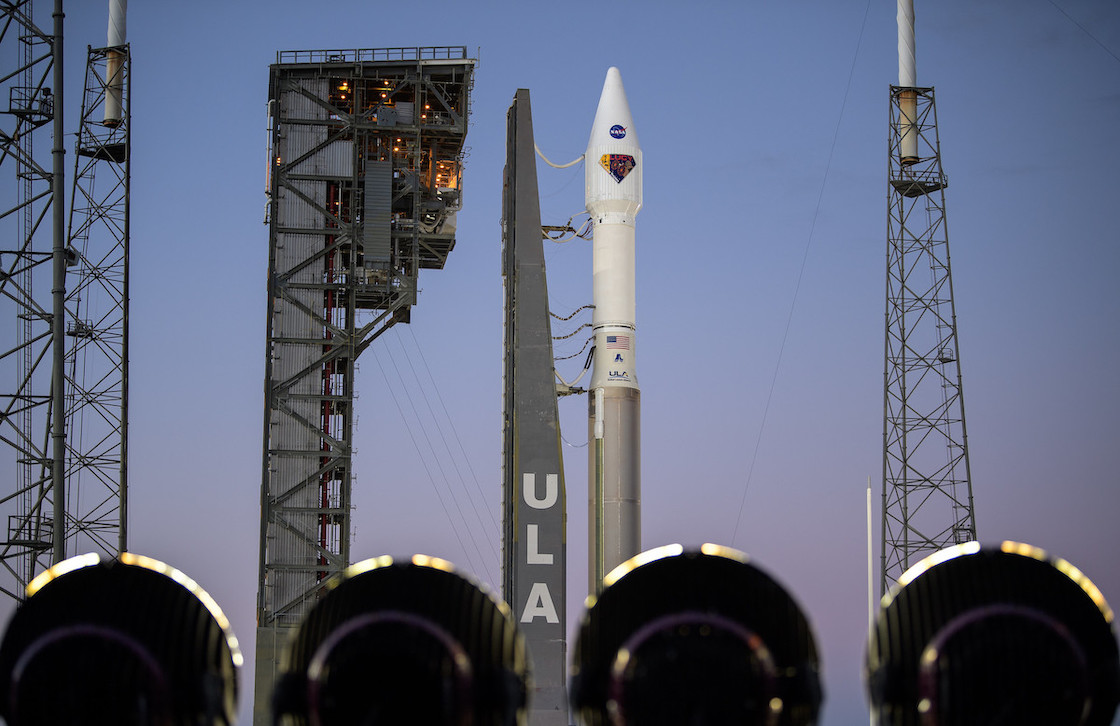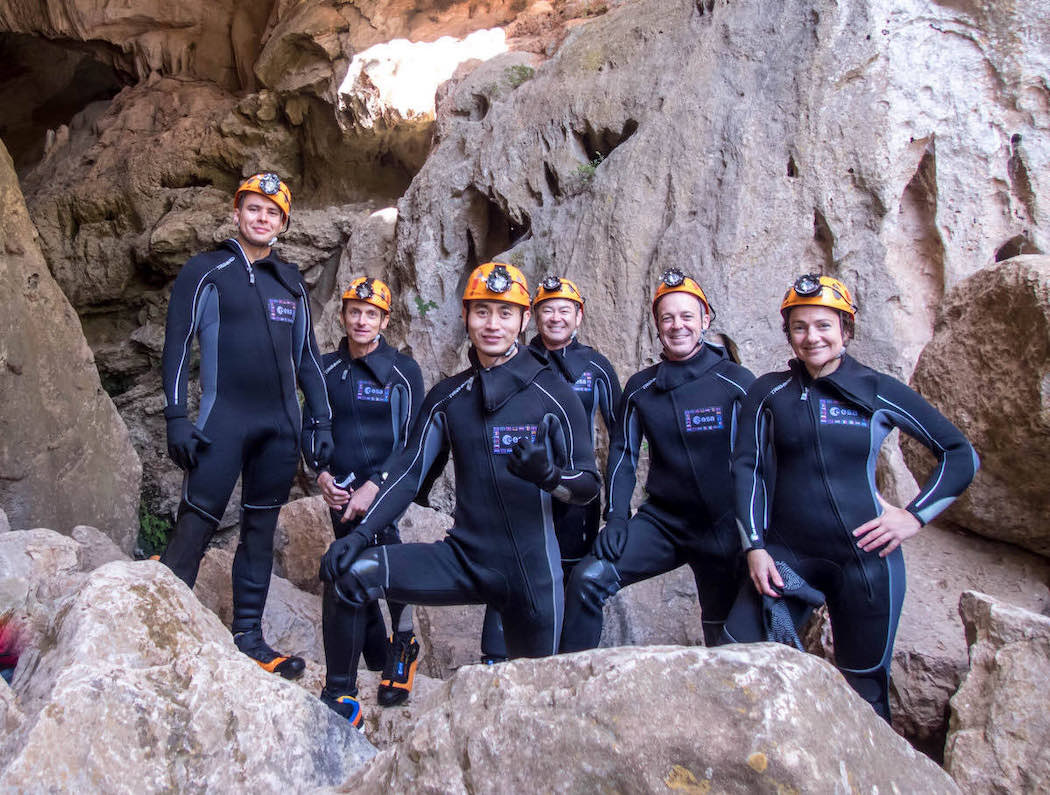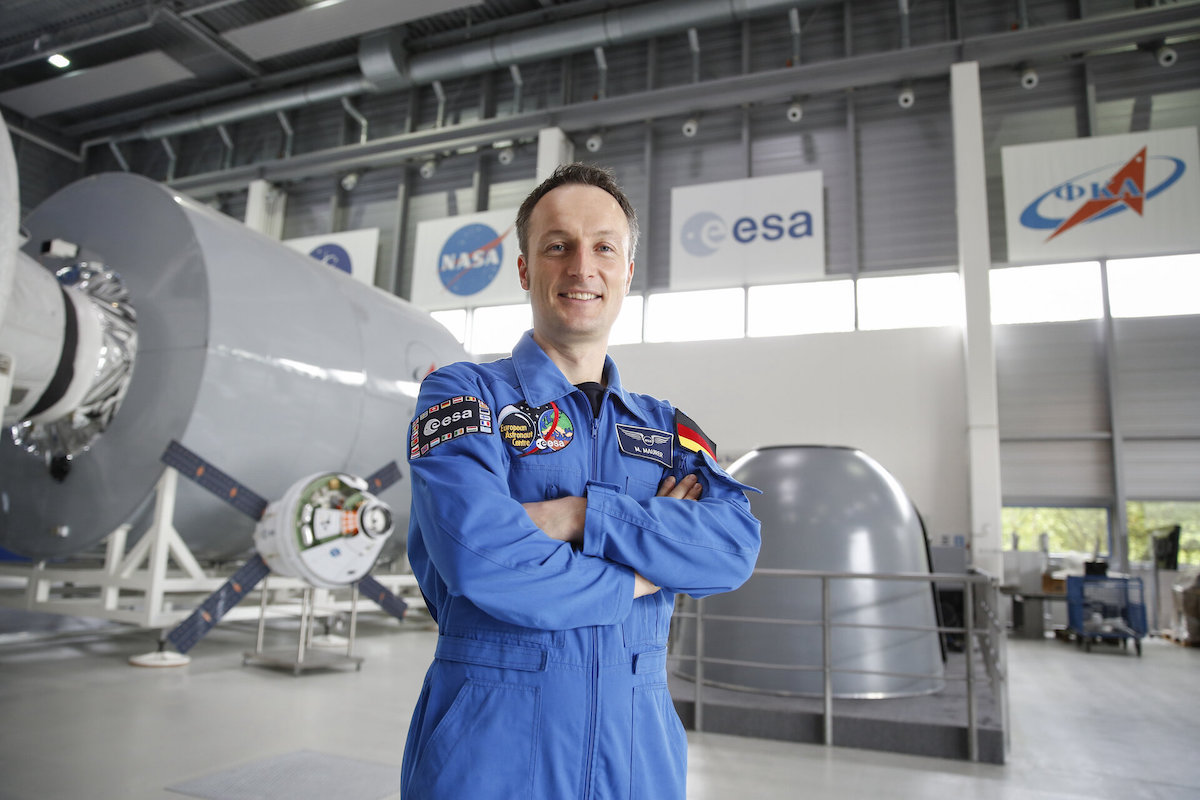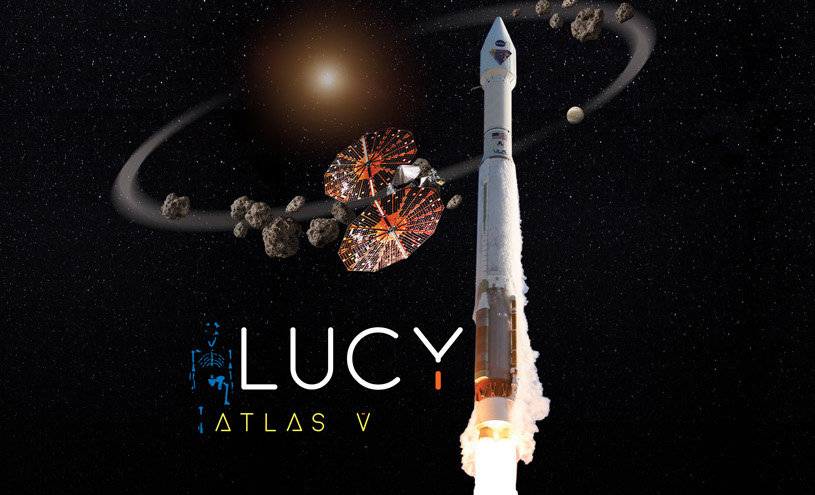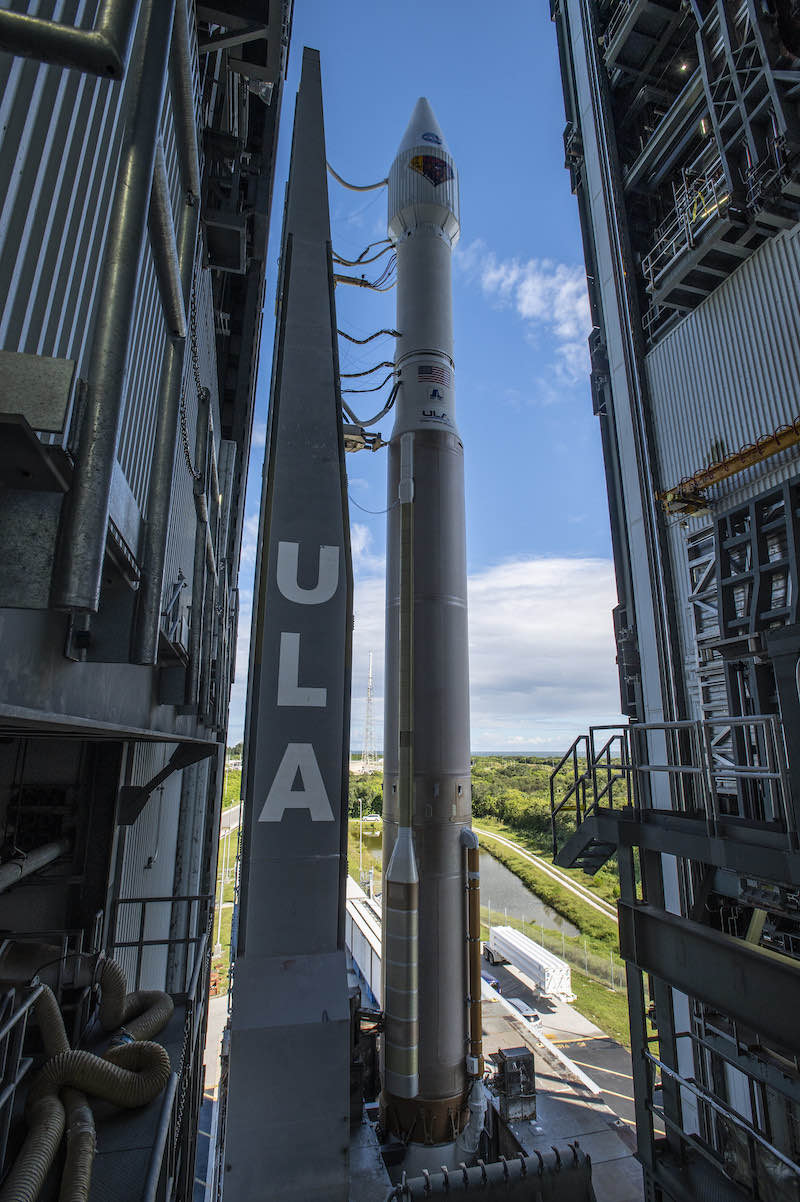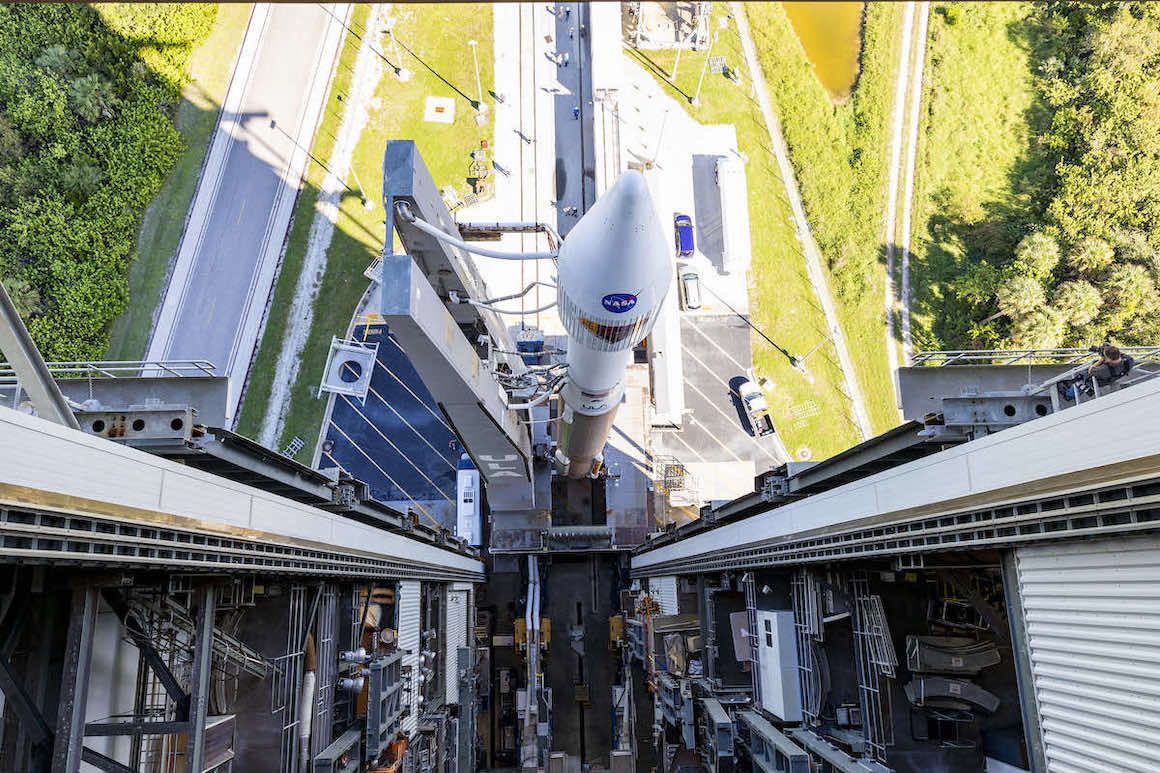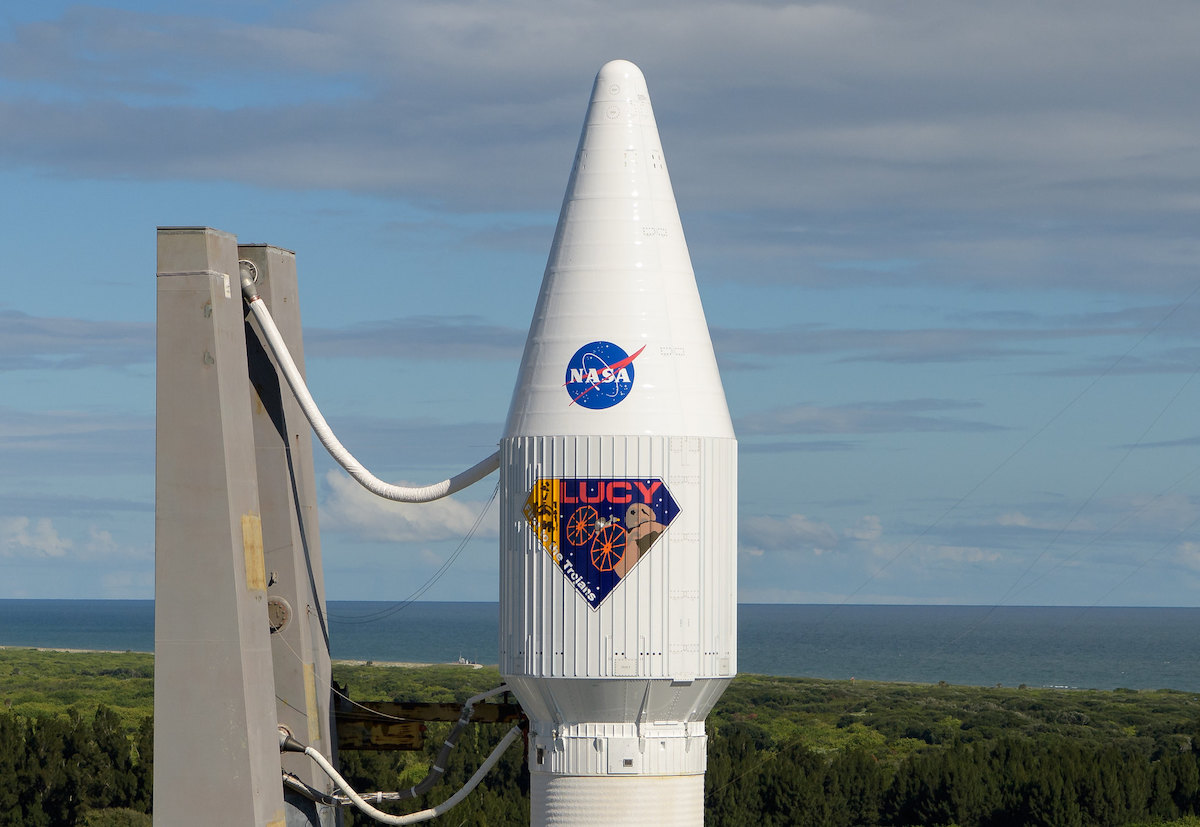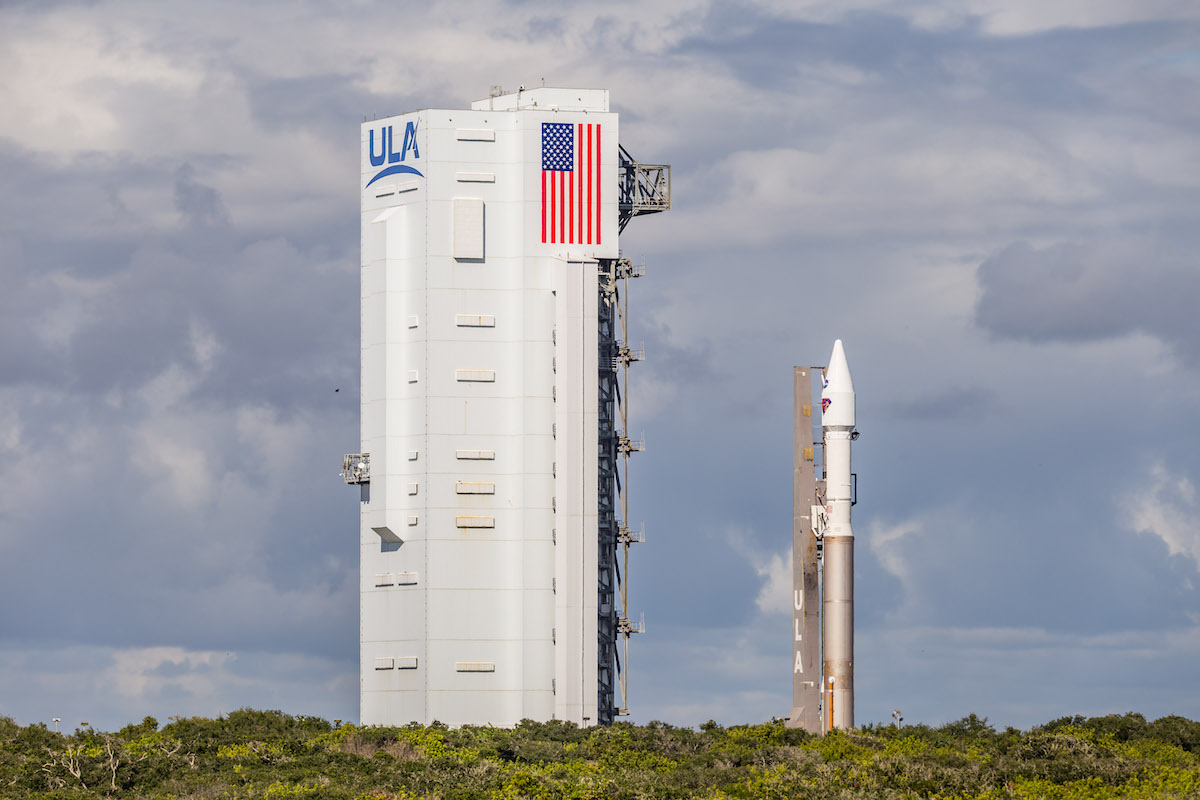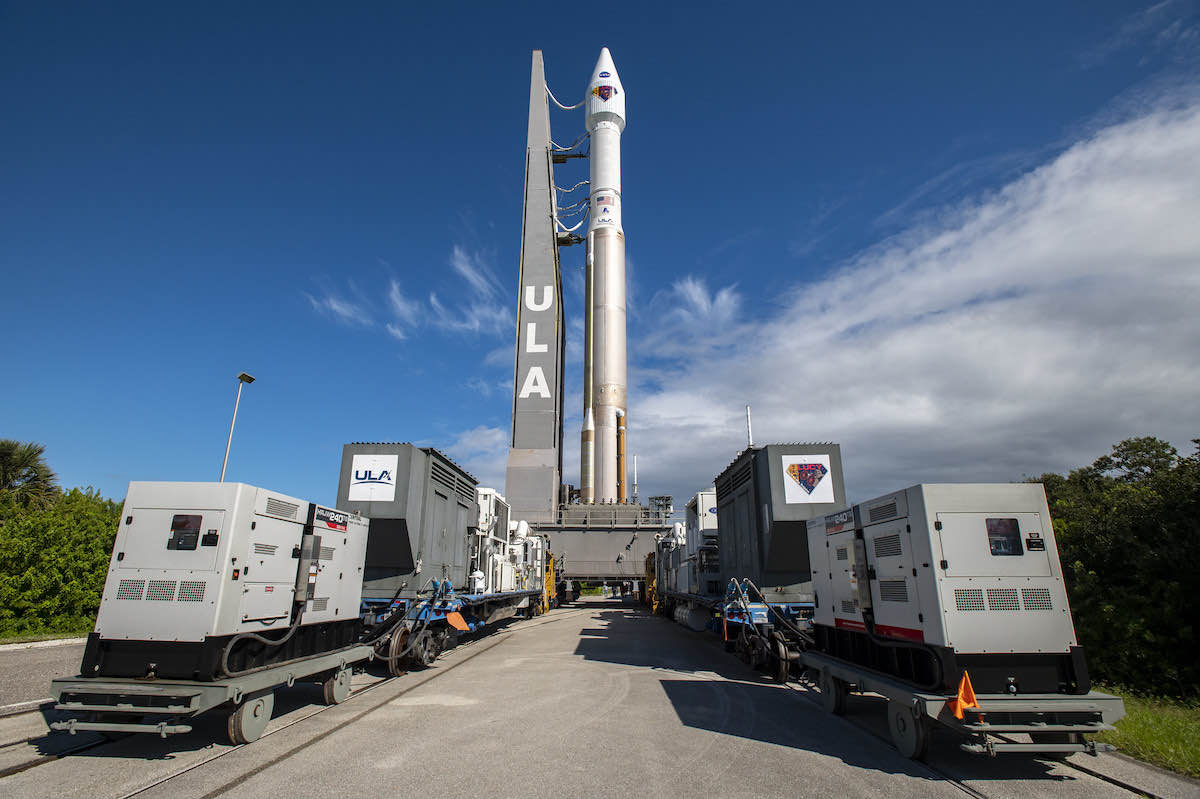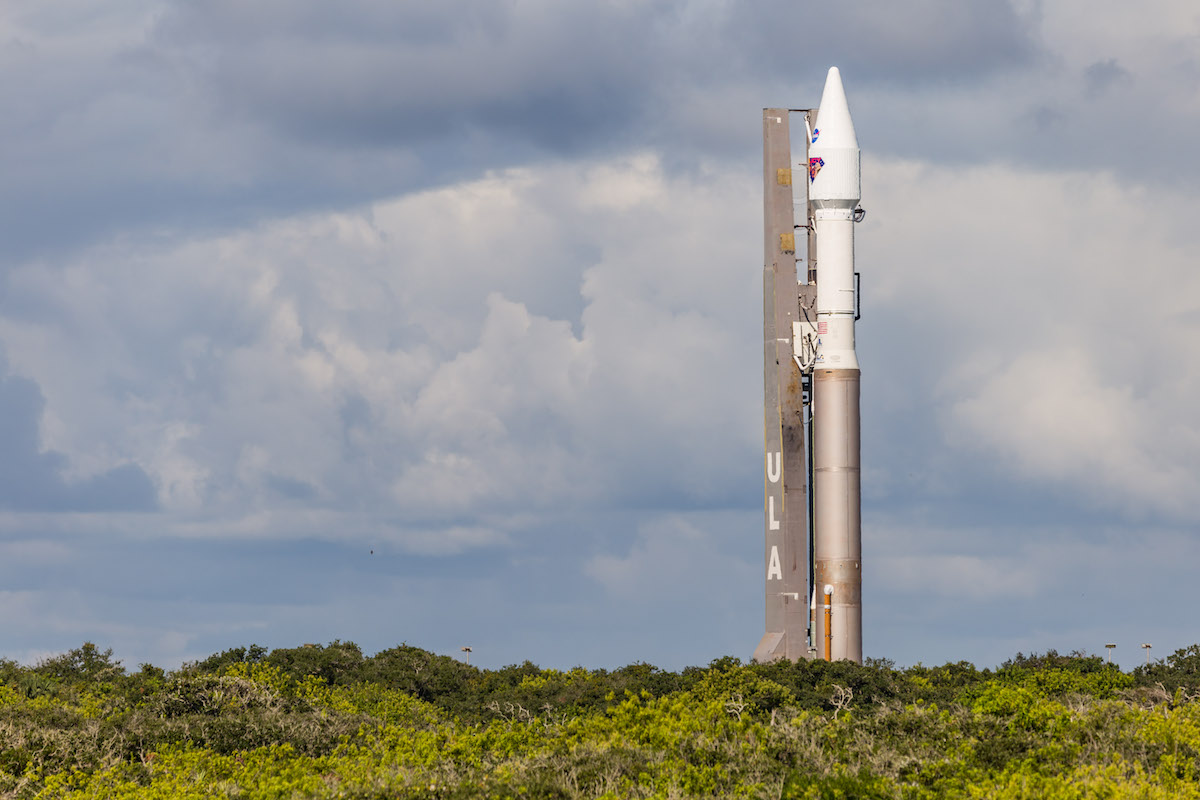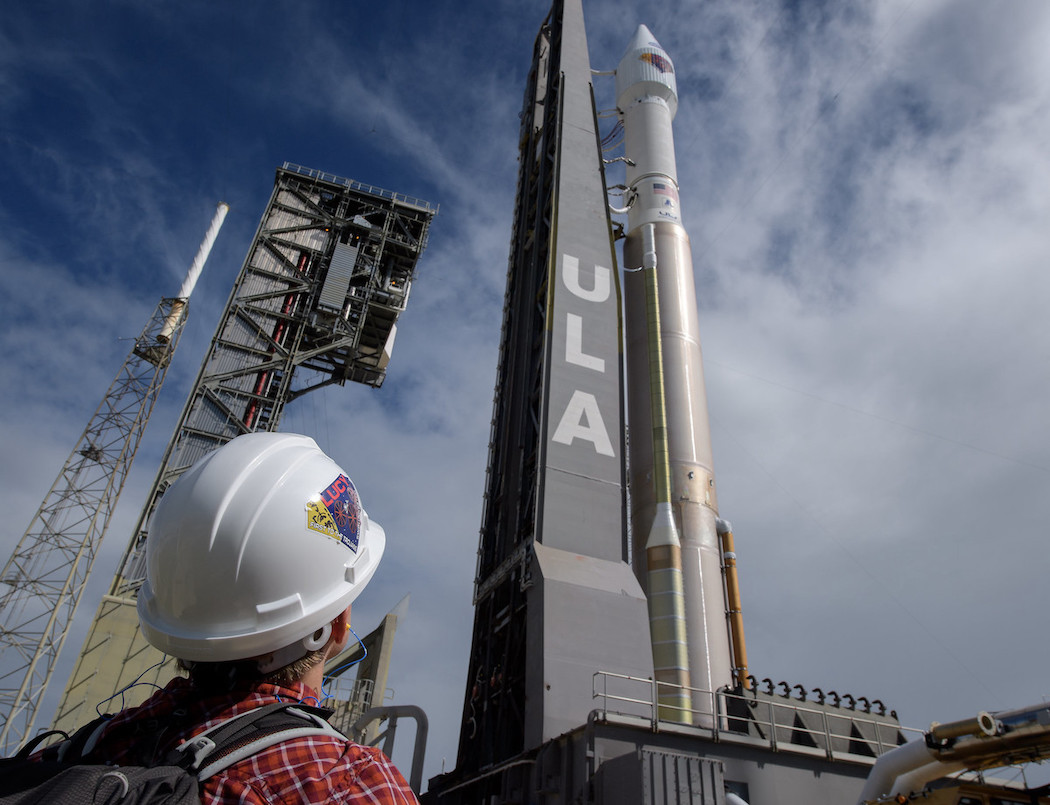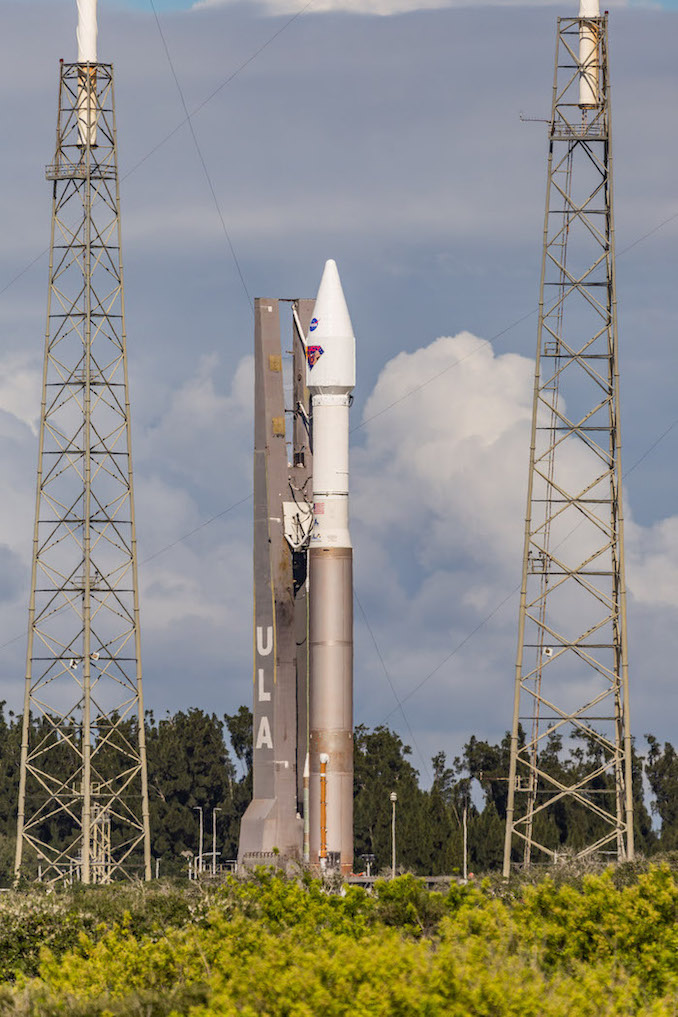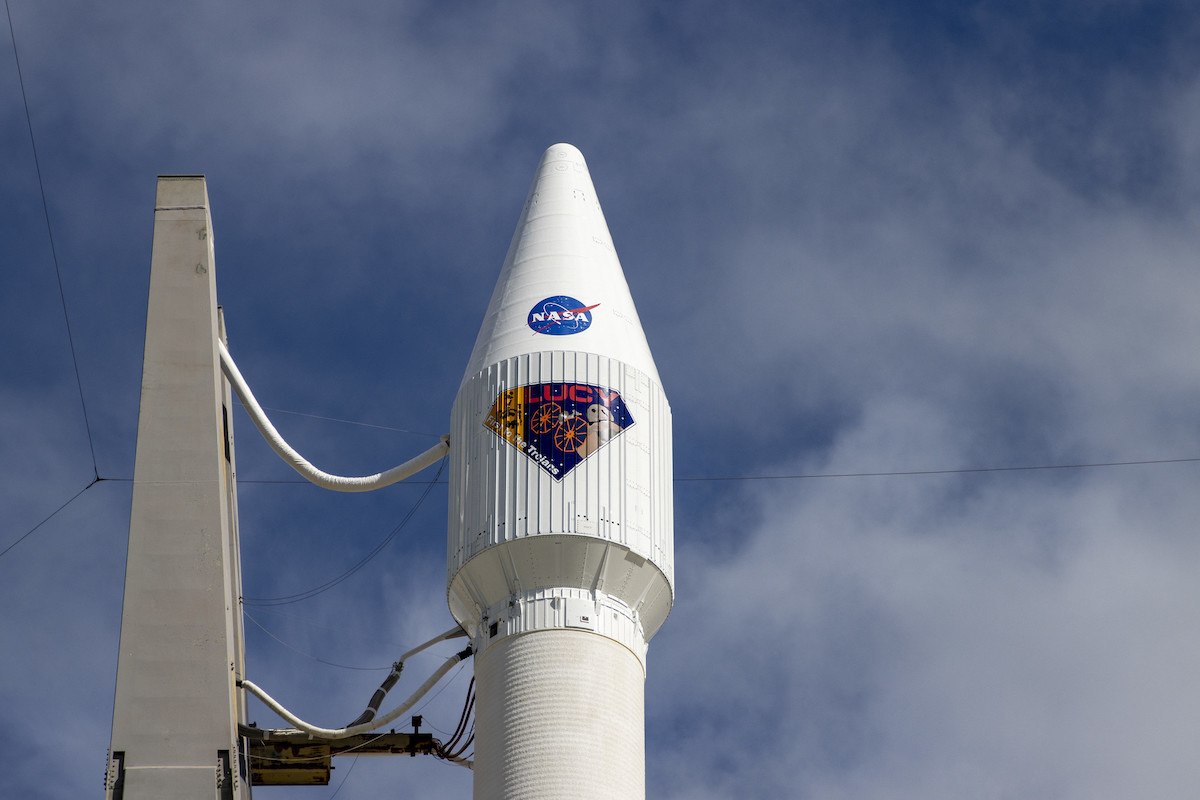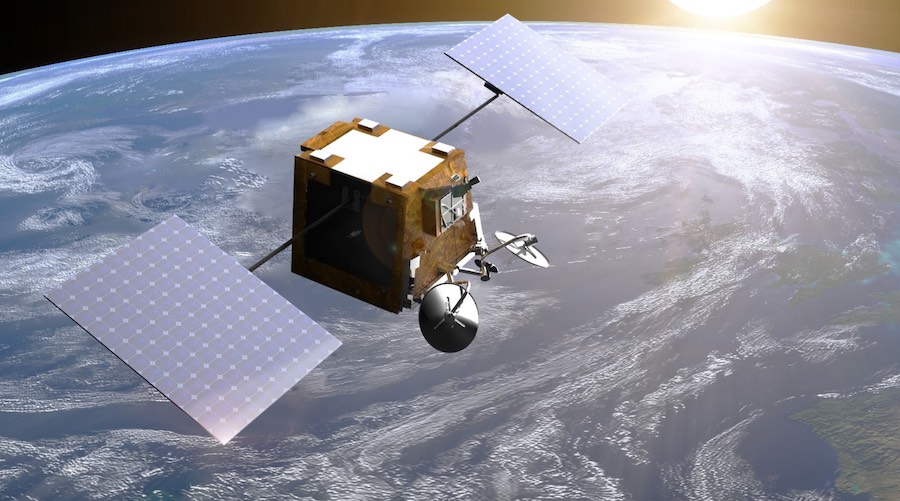The James Webb Space Telescope is seen inside the S5C payload processing facility Oct. 15 at the Guiana Space Center in Kourou, French Guiana. Credit: NASA/Chris Gunn
Engineers removed the James Webb Space Telescope from its intercontinental shipping container in South America last week, and kicked off a final pre-launch comprehensive electrical systems test Monday ahead of blastoff in December on an Ariane 5 rocket, NASA’s program manager said.
The observatory arrived Oct. 12 at the Guiana Space Center, a spaceport run by the French space agency CNES and the European Space Agency, after a 16-day journey by boat from Southern California, where Northrop Grumman assembled and tested Webb.
The $10 billion mission, more than two decades in the making, is scheduled for launch Dec. 18 on a European Ariane 5 rocket. The launch window opens at 7:20 a.m. EST (9:20 a.m. local time; 1220 GMT).
The launch on an Ariane 5 rocket is one of the major contributions to the mission by ESA, which also supported development of several of Webb’s scientific instruments. The observatory is designed to peer more than 13 billion years in time to see the universe as it was after the Big Bang, the unimaginably violent event that created the cosmos.
Teams unpack the James Webb Space Telescope at the Guiana Space Center on Oct. 14. Credit: ESA/CNES/Arianespace/P. PironWebb will also observe the cores of distant galaxies, study how stars form and evolve, and look at planets around other stars, revealing new insights into their atmospheres, like whether they might harbor the building blocks for life.
